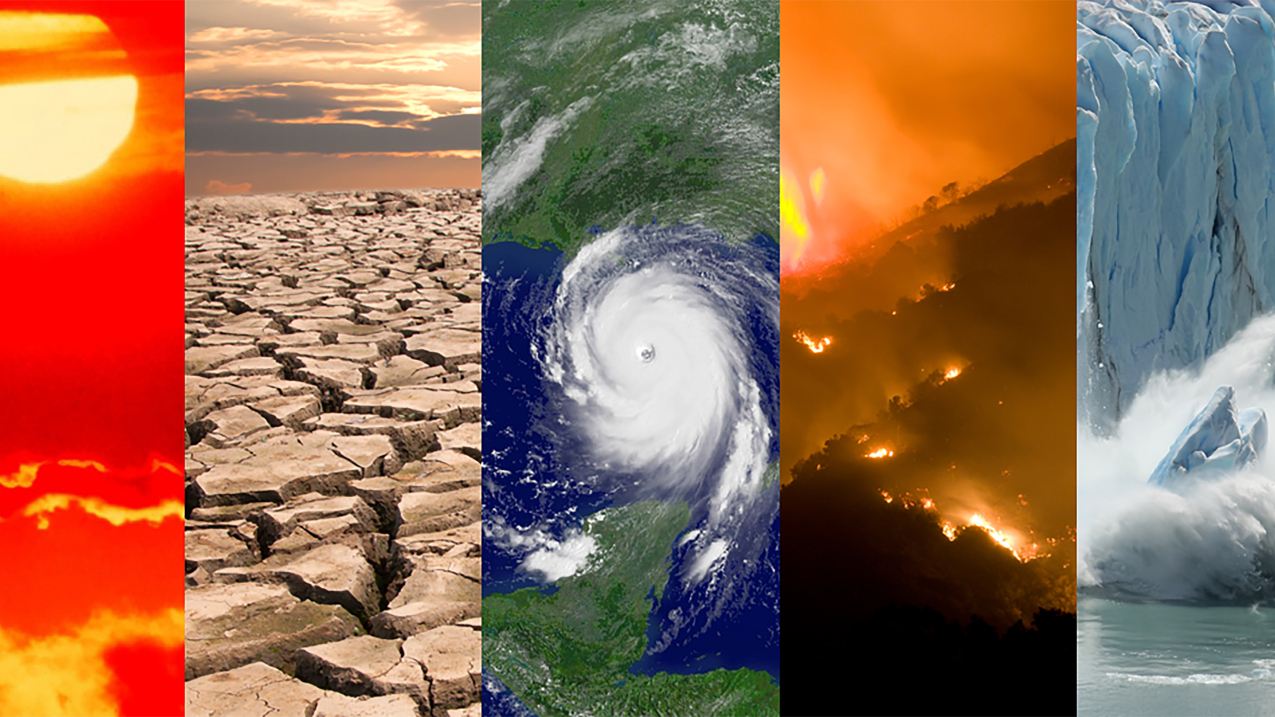
A collage of typical climate and weather-related events: heatwaves, drought, hurricanes, wildfires and changes in sea ice coverage. (Image credit: NOAA)
Though not quite as warm as October, November 2018 ranked as the fifth hottest November on record, with the year to date coming in as fourth hottest for planet Earth, according to scientists with NOAA’s National Centers for Environmental Information.
Highlights from NOAA’s latest monthly global climate report follow:
Climate by the numbers
November 2018
The average global temperature in November 2018 was 1.35 degrees F above the 20th-century average of 55.2 degrees. This was the fifth-highest temperature for November (tying with 2004 and 2016) in the 139-year record (1880–2018). November was also the 42nd consecutive November and 407th consecutive month with global temperatures above average.
The year to date | January through November
The January-through-November period (YTD) average global temperature was 1.39 degrees F above the average of 57.2 degrees. This is the fourth highest YTD on record. Europe had its hottest YTD since continental records began in 1910, posting a continental temperature of 3.24 degrees F above average.

More noteworthy facts and stats
-
A three-month heat spike: The period from September through November was the second warmest on record for the globe, with a temperature of 1.44 degrees F above average. Each continent, except North America, hit a temperature that ranked among the eight warmest on record for the three-month period.
-
Polar sea-ice coverage remains smaller than average: Average Arctic sea ice coverage (extent) in November was 8.4 percent below the 1981–2010 average, the ninth smallest for November on record. However, Arctic sea ice extent increased faster than average for polar regions in the Northern Hemisphere. The Antarctic sea ice extent was 5.6 percent below average, the second smallest for November on record.
More > Access this monthly climate report and download related maps and images.
Media contact
John Leslie, 301-713-0214




